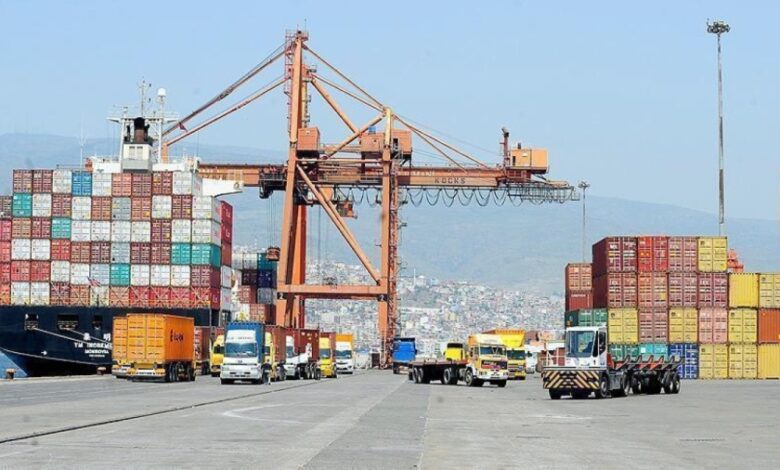China’s trade and investment with Belt and Road countries surpasses $240 bln
As China continues to invest in the future of the Belt and Road Initiative, these partnerships are expected to evolve beyond traditional infrastructure into broader frameworks encompassing technology, sustainability, and inclusive development.

China has significantly expanded its trade and investment relations with countries involved in the Belt and Road Initiative (BRI), according to a report by Chinese broadcaster CGTN.
The latest figures highlight a clear upward trend in bilateral economic cooperation, reflecting stronger strategic ties and growing interdependence between China and its global partners.
Between 2021 and 2023, the total value of trade between China and BRI countries rose from $2.7 trillion to $3.1 trillion, with an average annual growth rate of 4.7 percent. In 2023, trade with BRI participants accounted for 50.7 percent of China’s total foreign trade, underscoring the central role the initiative now plays in the country’s international economic activities, reports Al-Rai daily.
Mutual investments have also shown remarkable momentum. From 2021 until the first half of 2024, cumulative investment between China and BRI countries exceeded $240 billion. This included more than $160 billion in Chinese investment flowing into BRI partner nations, while over $80 billion represented foreign investment directed into the Chinese market.
Alongside these financial flows, cooperation projects under the Belt and Road framework have continued to make steady progress. These initiatives are not only enhancing infrastructure connectivity among participating countries, but also contributing to better living standards and stronger human capital development. Chinese companies executing overseas engineering projects under the initiative generated approximately $600 billion in cumulative revenues during the same period.
In an effort to expand cooperation further, China has signed investment agreements with over 50 countries under the BRI, focusing on key sectors such as the digital economy, green economy, and blue economy. This signals a strategic shift toward supporting innovation, sustainability, and long-term economic growth in emerging industries.
Another significant area of growth has been digital trade. China’s Silk Road e-commerce framework has now expanded to include 36 partner countries, aiming to enhance digital platforms and promote smoother cross-border trade integration. This development comes in response to the increasing importance of e-commerce in the global economy and the need for more efficient digital cooperation.
As China continues to invest in the future of the Belt and Road Initiative, these partnerships are expected to evolve beyond traditional infrastructure into broader frameworks encompassing technology, sustainability, and inclusive development.












